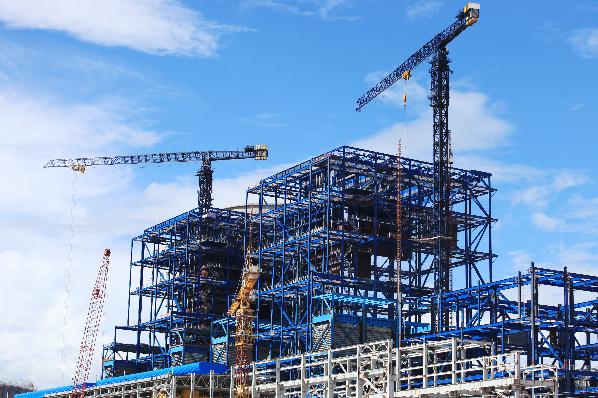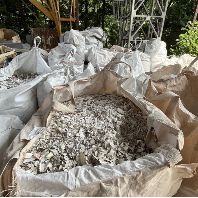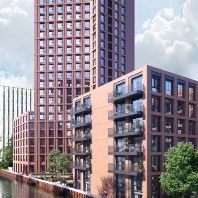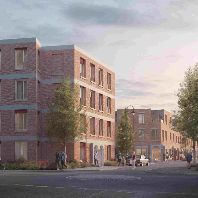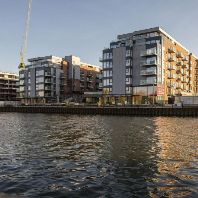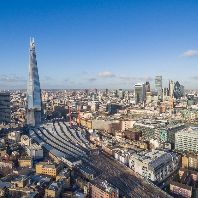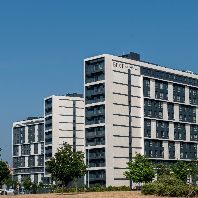European cities are benefitting from the competitive euro and experiencing growing attractiveness for construction and investment according to the International Construction Cost Index published by design and consultancy firm for natural and built assets Arcadis.
In Q3 2015 the eurozone posted the ninth consecutive quarter of economic expansion, signaling ongoing recovery and the potential for further growth. While the recovery has influenced a subsequent rise in construction costs this has been counterbalanced by a depreciating euro; consequently, the eurozone market has not been affected by high inflations as seen in the UK and the US.
While significant construction cost differentials persist throughout Europe, with costs in locations including Athens and Lisbon at a 40% to 60% discount to that of south east England, it is the economic recovery and currency exchange rate fluctuations that have triggered some big movements in relative construction cost rankings.
For the outlined cities - London, Frankfurt and Amsterdam - different local circumstances and dynamics were observed, yet remarkable similarity was discovered in the urban trend. The growing attractiveness of cities drives the residential markets, which on its turn creates a revival of the construction industry and the cost of construction. The trend is urban focused with some spin off to the region, where the ability to benefit declines with distance from the city.
European investment volumes are set to beat last year’s high, with capital flows reaching €67bn in the first half of the year, up 33% from the same period the previous year. US investors are increasingly active across Europe with capital flows in the first half of 2015 reaching 70% of the volumes seen from the previous year. A further rebound of European investment is expected throughout next year, exemplified by the EC’s Juncker Infrastructure Investment Plan worth €315bn. Recent GDP data has confirmed that the engines for the EU’s growth include Poland, the UK, Ireland, Spain and the Netherlands. France, Italy and Austria are showing signs of recovery. Over the next three years, the construction industry is expected to grow by an encouraging 2.3% per year in the EU.
“The European urban construction market is poised for growth due to the combination of several factors. Economic recovery, a relatively cheap euro, EU investment plans all contribute to an interesting investment climate for international financial institutions looking for opportunities beyond traditional high cost inflation cities such as New York, London and Hong Kong,” said John Atkins, European Leader Buildings at Arcadis.
“A city such as Amsterdam is likely to see costs rising steadily towards pre-crisis levels within three years. Frankfurt is supported by encouraging levels of growth in 2015. As mentioned before, it is interesting to see that the upwards construction cost trend is robust and predominantly urban, with some spin-off in the region.”
Construction Cost Comparison (Top 20 European cities) Q2 2015
- London
- Geneva
- Copenhagen
- Stockholm
- Frankfurt
- Paris
- Vienna
- Brussels
- Milan
- Amsterdam
- Kiev
- Riga
- Madrid
- Zagreb
- Lisbon
- Warsaw
- Athens
- Belgrade
- Sofia
- Sarajevo
